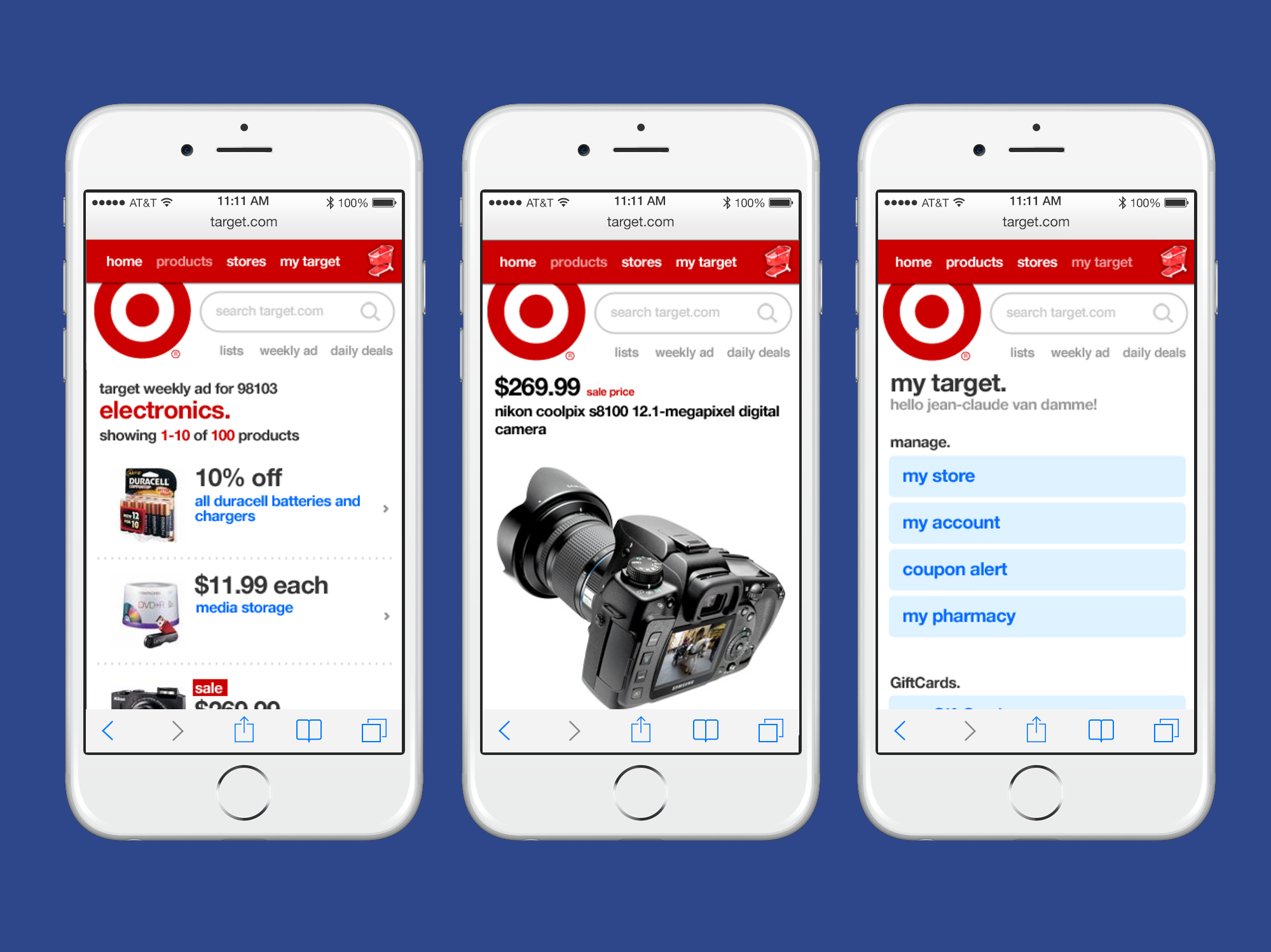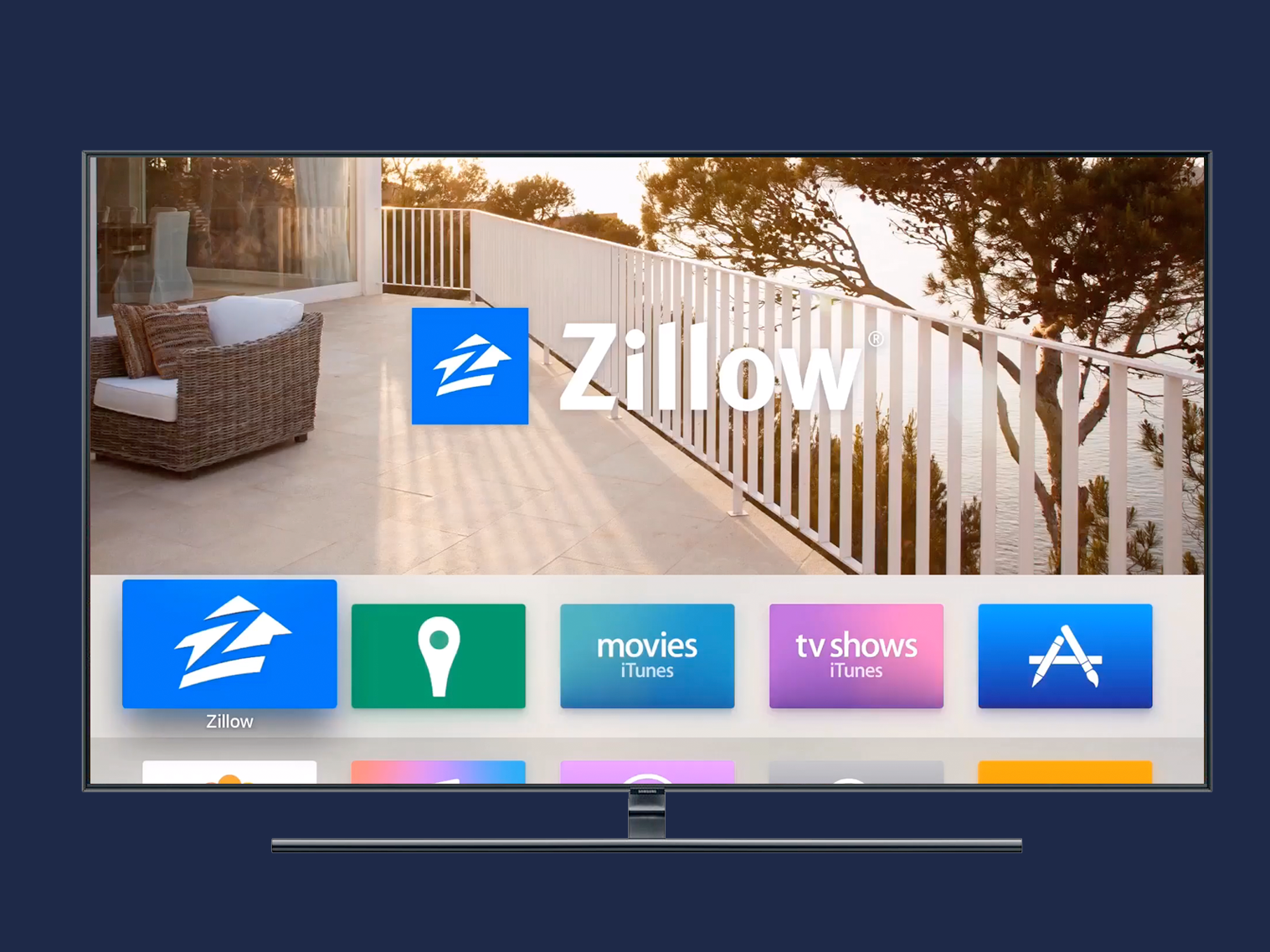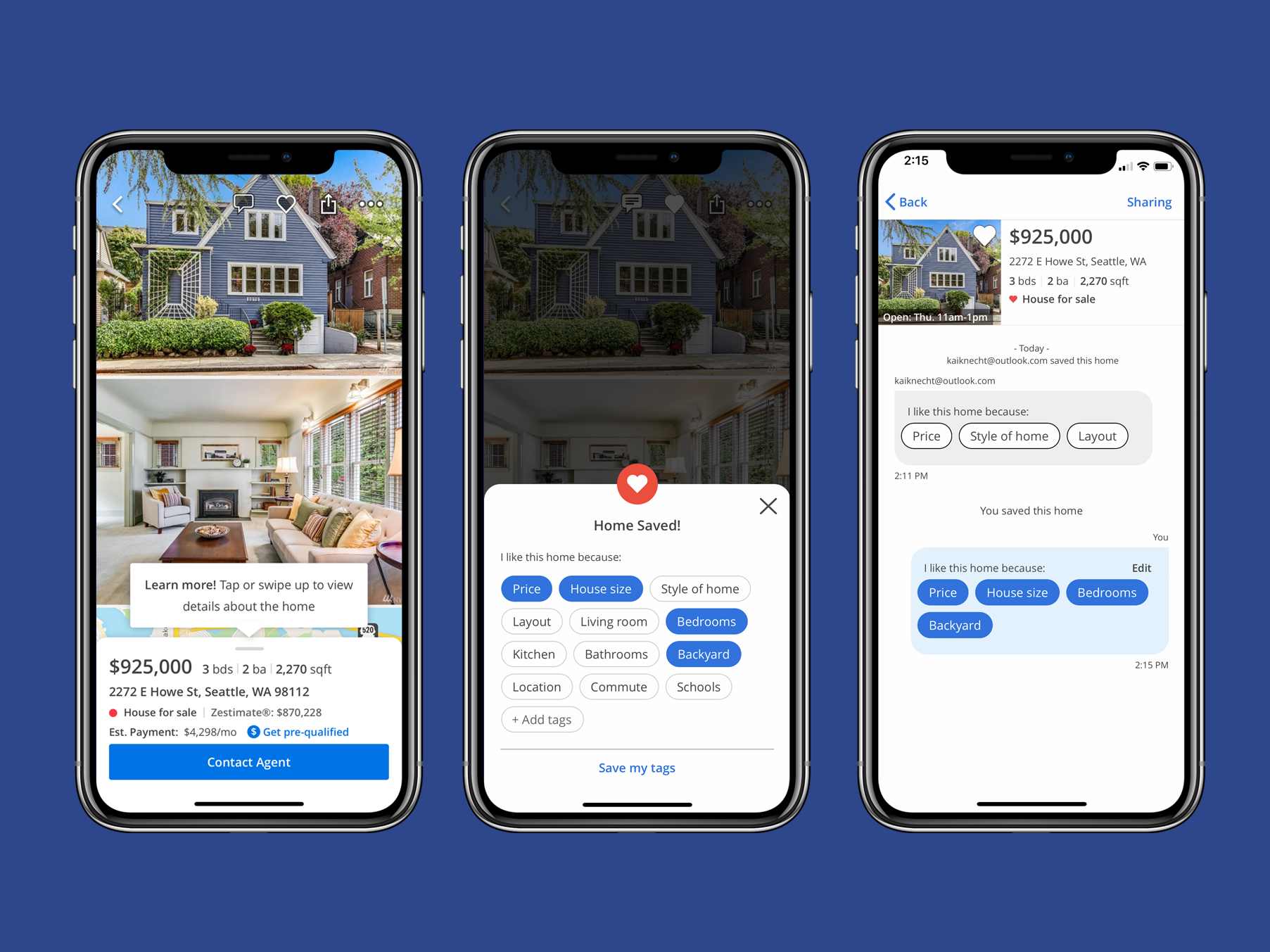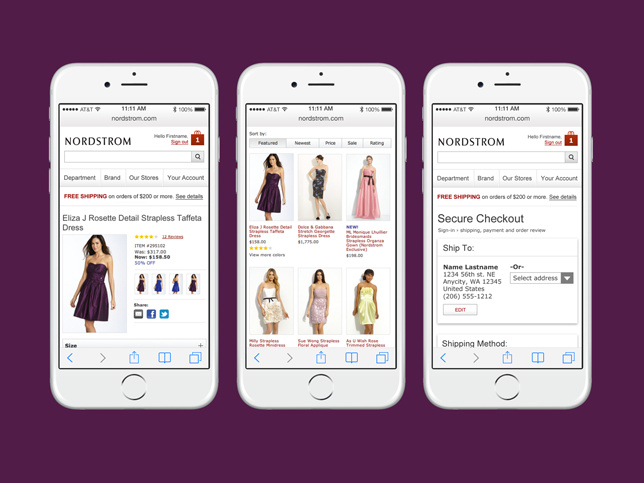Overview
My role: Product designer
Team: 1 product designer, 1 researcher, 2 PMs, 2 engineering leads
Duration: 6 months
Opportunity
Video tours of real estate listings existed in a non-standardized state for many years before this project began. Some videos were set to music, some had narration, and many used a slideshow of still photos while calling it a video tour.
As the largest real estate website in the US, we thought Zillow had an opportunity to create a simple, elegant product that could set a standard for user generated video tours in the industry going forward.
Discovery
Since we had very little experience creating a product like this in-house, we began the design process with user interviews. Speaking with agents and photographers around the country we quickly discovered the obstacles we were going to need to overcome for this product to be a success.
At the time of our interviews the industry was split almost 50/50 between agents who took their own photographs and those who contracted with professionals. As the product designer on this project my goal was to create something simple enough for an amateur photographer but with a feature set that allowed professionals to work in a way they were used to.
Early wire-frame explorations
Design
The first rounds of design I produced were similar to standard video editing software with clips that could be trimmed, rearranged, deleted or otherwise edited into a final product. As the design process continued and early prototype testing began, I became concerned that we were asking too much of our target users and worked with our research team to conduct a larger usability study.
Onsite Usability Testing
A small group representing design, research and PM met up with a few real estate agents to test the product at some homes that were currently on the market. While users seemed enthusiastic for the product overall, it became clear that creating videos was not something they considered a skill set they currently possessed or needed to be successful in their business.
Early test results of professional video vs our product at the same property
Design Pivot
Based on results we collected from the field it became clear to me that we needed to rethink our design for launch. We settled on a set of strict constraints designed to guide novice users and create a standard for video presentation across our sites and apps. Videos were limited to a maximum length of 2-minutes to focus on highlights of the home and no sound would be captured during the walk-through as it created anxiety which acted as another barrier to the capture process. We also kept button interactions to an absolute minimum and users had the freedom to take one continuous walk-through or pause and restart to create separate clips that were later cross-faded for a more professional look.
Iterating from wire-frames to high fidelity
Result
Video walk-through launched before the main home selling season but still had solid initial adoption. Our research team spent a week in the field doing further usability testing and gathering qualitative feedback. This research combined with user metrics pointed to some issues with discoverability of the feature and perceived quality of the video walk-through. Subsequent designs iterations focused on minimizing these issues.
Agent creating a video walk-through




